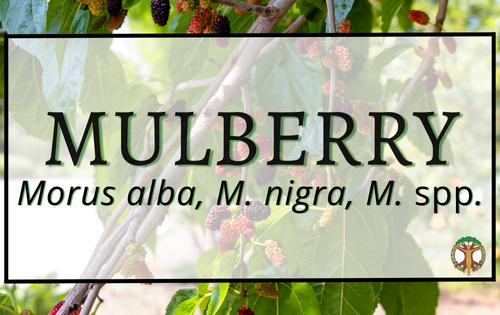
Common Boneset
Latin Name: Eupatorium perfoliatum
Common Names: Common boneset, boneset, agueweed, feverwort, thoroughwort, sweating-plant, cross-wort, Indian-sage, Joe-Pye, teagel, thorough grow, vegetable agrimony, wild-Isaac, howe chache (Choctaw), niya’wibukuk (Ojibwa), shauashko (Choctaw)
Family: Asteraceae
Habitat: Common boneset is a short lived perennial and can grow 4-6ft tall and about 2-4ft wide, often spreading into colonies by the rhizomes. In Florida, it occurs mostly in the panhandle and northwest, in moist shady areas along the edges of streams and rivers. The white flowers bloom in the late summer into early fall and the leaves, arranged oppositely on the stem, give the appearance as though the stem is piercing through them. They can tolerate a variety of soil types, but definitely prefer wetter growing conditions, even tolerating occasional flooding. Boneset is easily grown from seed (fall sowing after cold stratification) or cuttings (late spring early summer before flowering).
Parts Used: leaf and flowering tops, just before flowers open, without the stem
History/Tradition: The genus Eupatorium comes from Mithridates Eupator (120-63BC), who was the king of Parthia (currently NE Iran) and used a species as an antidote for poison. The species name perfoliatum means that the stem grows through the leaf. The Eupatorium genus comprises about 45 species in the eastern US and is known to be used by many indigenous peoples, especially E. perfoliatum. Some of the common uses of boneset by native peoples1 are described in Daniel Austin’s book, Florida Ethnobotany, including as a diuretic, emetic, tonic, sudorific, as well as, to treat hip pain, snake bites, epilepsy, dengue fever, colds, flus, irregular menses, pleurisy, pneumonia, to mend bones and so much more. Later, settlers and visiting physicians used common boneset as an emetic, purgative, and diaphoretic, using it to treat arthritis, gout, malaria, yellow fever, typhoid, and rheumatism.
During the influenza pandemic of 1918-1919, the Eclectics considered boneset “one of the safest and most effective remedies”2. It was used widely by many doctors to treat the symptoms of the flu with great success during the flu outbreaks in the late 1890’s into the early 1900’s.
Energetics – bitter, pungent, cold, dry
Indications – The modern use of boneset includes treating flu with the accompanied aches, pains, night sweats, and congestion, as a laxative, and to treat rheumatism. Common boneset is also included in the Homeopathic Pharmacopoeia of the United States (HPUS) and European Homeopathic Pharmacopoeia.
Systems – immune, musculoskeletal, respiratory, digestive
Actions – diaphoretic, bitter, laxative, antispasmodic, astringent, antibacterial, antipyretic, antioxidant, carminative, emetic, immunostimulant, aperient
Cautions – the presence of pyrrolizidine alkaloids (PA’s) indicate caution to be used, especially for pregnant people, children, or those with liver issues. A strong hot infusion brings more of the diaphoretic and emetic qualities, so care should be given if those are not desired actions.
Constituents – volatile oils (linalool, camphor, carvon), flavonoids (eupapholin, kaempferol, astragalin, nicotiflorin, quercetin), sesquiterpine lactones, triterpenes and sterols, caffeic acid derivatives, fatty acids and fatty alcohols, polysaccharides, and *pyrrolizidine alkaloids (PA’s) – it is generally recognized that plants in the genus Eupatorium commonly have some amount of PA’s, which are known to be toxic to the liver. Only recently has common boneset been found to have PA’s present2.
1Abnaki, Cherokee, Creek, Delaware, Iroquois, Koasati, Menomini, Meskwaki, Micmac, Mohegan, Nanticoke, Ojibwa, Penobscot, Rappahannock, Seminole, and Shinnecock.
References:
Florida Ethnobotany by Daniel F. Austin. 2004 by CRC Press.
Eupatorium perfoliatum L.: Phytochemistry, traditional use and current applications. 2011 Andreas Hensel et al. Journal of Ethnopharmacology (138): 641-651.
2Boneset Aerial Parts Eupatorium perfoliatum L. American Herbal Pharmacopeia and Therapeutic Compendium. 2019. https://www.uni-muenster.de/imperia/md/content/pharmazeutische_biologie2/institut/meldungen/boneset_monograph_081919_reduced.pdf
Disclaimer – This content is intended for educational purposes only. Please consult your healthcare provider before making changes based on the material.
Written by Jaime Pawelek






